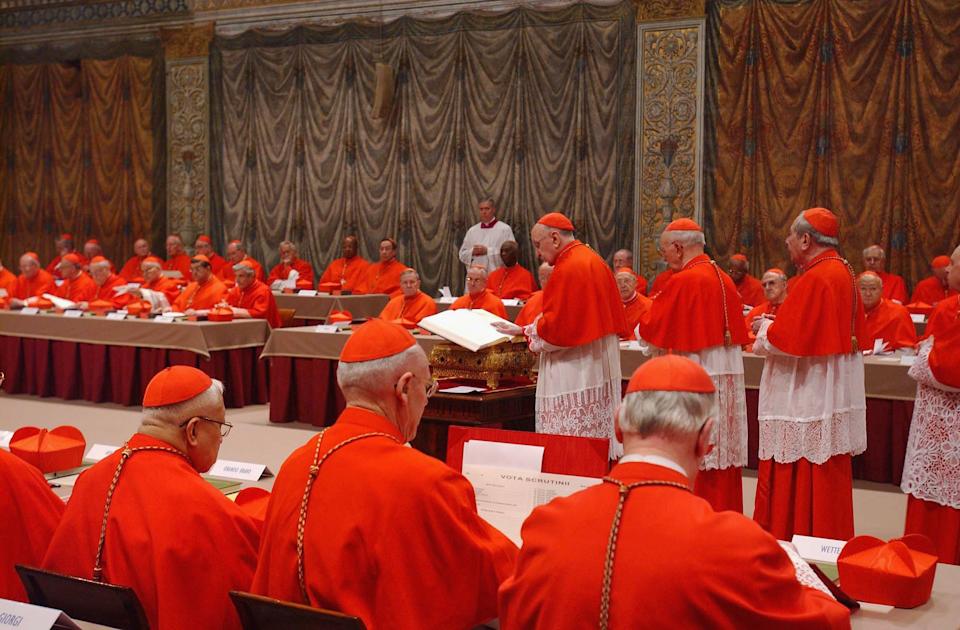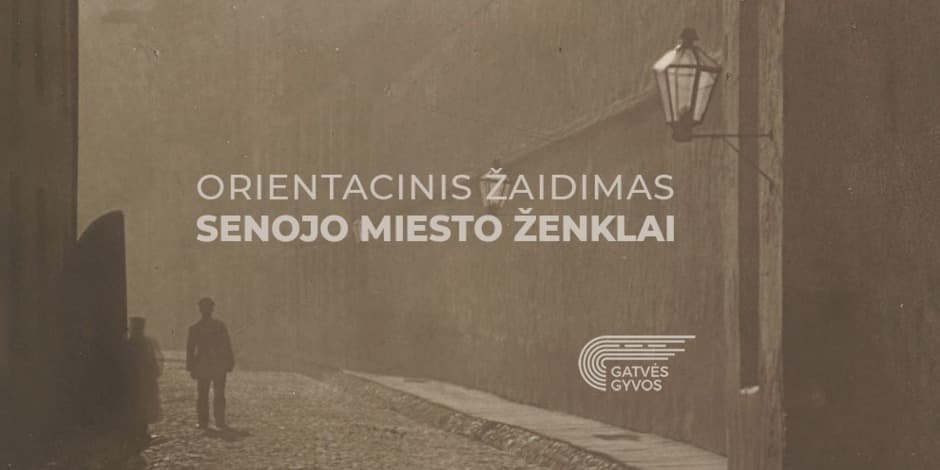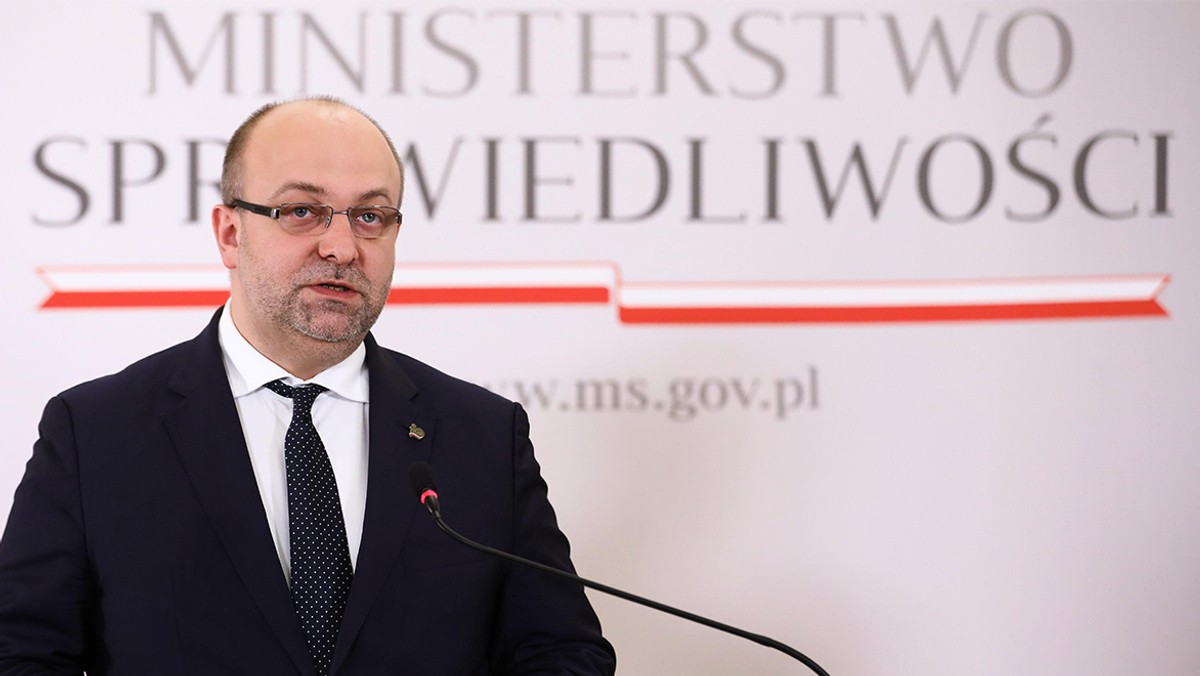Papal Conclave Explained: How The Next Pope Is Chosen

Table of Contents
The Prerequisites for a Papal Conclave
A Papal Conclave is convened under specific circumstances: the death or resignation of the reigning Pope. This triggers a period known as Sede Vacante ("the vacant See"), a time of transition during which the College of Cardinals prepares for the crucial task of electing a successor. The selection of the next Pope is solely the responsibility of the Cardinal electors, a group with specific qualifications.
To be eligible, a Cardinal must be under the age of 80 at the time of the conclave's commencement. This age limit ensures a balance between experience and vitality in leadership. The preparations leading up to the conclave are meticulous, involving the summoning of the College of Cardinals from across the globe and the securing of the conclave location, traditionally the Sistine Chapel in Vatican City. Strict measures are put in place to ensure the secrecy and solemnity of the proceedings. These preparations are crucial for the smooth running of the conclave.
- Death or resignation of the Pope: This is the singular event triggering the conclave.
- Eligibility criteria for Cardinal electors: Under 80 years old at the time of the conclave.
- The summoning of the College of Cardinals: Cardinals from around the world convene in Rome.
- Seclusion preparations: Securing the location and ensuring complete communication blackout.
The Process of the Papal Conclave
The Papal Conclave itself is a highly structured process. The Cardinal electors are secluded within the Sistine Chapel, entirely cut off from the outside world. This seclusion is vital for fostering focused deliberation and preventing undue external influence. The voting process is incredibly secretive, involving multiple ballots cast until a two-thirds majority is achieved.
Each ballot is meticulously counted, and the result is communicated through iconic smoke signals rising from the Sistine Chapel chimney. Black smoke signifies the absence of a consensus, while white smoke announces the election of a new Pope. The Master of Ceremonies plays a critical role, overseeing the voting procedure and communicating the results to the waiting world.
- Seclusion in the Sistine Chapel: Complete isolation to ensure focused deliberation.
- The voting process and ballot secrecy: Strict protocols maintain anonymity and integrity.
- Interpretation of the smoke signals: Black smoke denotes a lack of consensus; white smoke, the election of a Pope.
- The announcement of the new Pope: The newly elected Pope appears on the balcony of St. Peter's Basilica.
The Election of the Pope: Key Considerations
The Cardinals' choices are influenced by a complex interplay of factors. Theological depth, pastoral experience, and demonstrated leadership are all crucial considerations. Candidates are evaluated on their ability to guide the Church in the face of contemporary challenges and their capacity to foster unity within a diverse global community. Reaching a consensus requires significant compromise and diplomacy amongst the cardinals, each bringing their perspectives and priorities to the table.
The election of a new Pope is a monumental task, requiring careful consideration of global geopolitical factors, evolving societal landscapes, and the diverse needs of the Catholic faithful worldwide. The successful candidate must possess the wisdom, compassion, and strength to navigate these complexities.
- Theological considerations: Sound doctrinal understanding and adherence to Church teachings.
- Pastoral experience: Proven ability to connect with and serve the faithful.
- Global perspectives and challenges: Understanding and addressing issues affecting the Church worldwide.
- The need for unity and leadership: The ability to unite and guide the Catholic community.
Post-Conclave: The Inauguration and Beyond
Following the election, a flurry of activity prepares for the Papal inauguration. The newly elected Pope will celebrate a Papal Inauguration Mass in St. Peter's Square, followed by his first address to the world, Urbi et Orbi ("to the city and to the world"). This address sets the tone for his papacy, outlining his priorities and vision for the future of the Catholic Church. Immediately after, the new Pope will begin to address various administrative and pastoral tasks, facing the myriad of challenges and opportunities that lie ahead.
- The Papal inauguration Mass: A grand celebration marking the beginning of the new papacy.
- The first Papal address (Urbi et Orbi): A message to the Catholic faithful and the world.
- Immediate pastoral and administrative tasks: Addressing the numerous issues facing the Church.
- Addressing global issues: Navigating complex global challenges.
Conclusion
The Papal Conclave is a profoundly significant event, a complex and intricate process steeped in tradition yet constantly adapting to the evolving needs of the modern world. The election of a new Pope is not merely a religious matter but one with global implications, shaping the direction of the Catholic Church and impacting billions of lives. Understanding the nuances of this fascinating process is crucial for comprehending the dynamics of the Catholic Church and its influence on global affairs. To learn more about the history and significance of the Papal Conclave, explore further resources online. Share this article to help others understand this compelling and crucial process. While no Papal Conclave is currently anticipated, staying informed about future events is important for anyone interested in the future of the Catholic Church.

Featured Posts
-
 Play Station Podcast 512 True Blue Discussion
May 07, 2025
Play Station Podcast 512 True Blue Discussion
May 07, 2025 -
 Istorinis Nba Lyderiu Zaidimas Klubo Rekordo Pakartojimas
May 07, 2025
Istorinis Nba Lyderiu Zaidimas Klubo Rekordo Pakartojimas
May 07, 2025 -
 The Randle Factor How His Physicality Affects Lakers And Timberwolves
May 07, 2025
The Randle Factor How His Physicality Affects Lakers And Timberwolves
May 07, 2025 -
 The Importance Of Middle Managers Bridging The Gap Between Leadership And Employees
May 07, 2025
The Importance Of Middle Managers Bridging The Gap Between Leadership And Employees
May 07, 2025 -
 Jacek Harlukowicz Najwiekszy Zasieg Publikacji Onetu W 2024 Roku
May 07, 2025
Jacek Harlukowicz Najwiekszy Zasieg Publikacji Onetu W 2024 Roku
May 07, 2025
